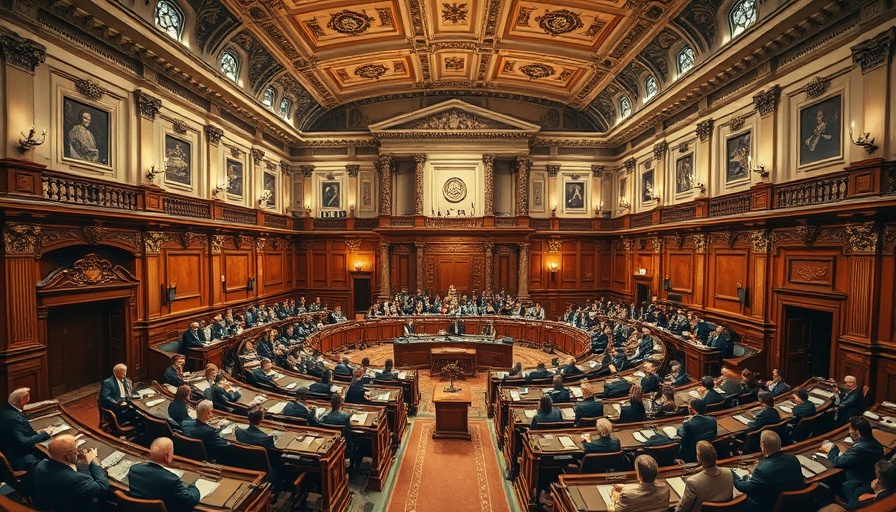
Navigating Minnesota's Education Budget: A Right-On Challenge
This week, the Minnesota House took a crucial step towards solidifying its education budget amidst political tensions and ongoing debates surrounding unemployment benefits for school staff. With Democrats returning to the Capitol after a boycott, the path ahead seemed clearer as lawmakers prepared to make decisions that directly impact K-12 education for the next two years.
Why Is the Education Budget So Crucial?
The education budget comprises a significant portion of the overall state budget, about one-third of the $71 billion allocated for the next two years. By maintaining funding levels, Minnesota is striving to ensure that schools can continue to operate effectively without placing additional financial burdens on them. This stability is essential for the state's educators, students, and the broader community that benefits from a well-funded educational system.
The Impact of Unemployment Benefits on Education
One of the hot-button issues has been the preservation of unemployment benefits for hourly school workers, including bus drivers and cafeteria staff. These individuals have often been overlooked in discussions about educational funding. In 2023, Minnesota expanded unemployment benefits to include these workers, arguing it was only fair for their contributions to the school ecosystem. However, as budget constraints become apparent, the debate turns towards whether this entitlement is sustainable. The compromise reached suggests some level of benefits will likely remain intact, a move welcomed by labor groups and progressive Democrats.
Budget Cuts Concern: What Lies Ahead?
Despite the current plan to maintain educational funding, future cuts loom on the horizon. In 2028-2029, a proposed cut of $420 million is on the table to address an anticipated multi-billion-dollar state deficit. This points to a challenging balancing act between necessary funding for education and fiscal responsibility. If budget cuts continue down this path, how will Minnesota ensure that its students receive quality education?
Looking at K-12 Spending Comparisons
As negotiations between the House and Senate continue, it's crucial to acknowledge the differences in proposals. The House’s plan includes a $40 million increase for education between 2026-2027, while the Senate's version seeks to keep spending level. This discrepancy underscores the political divides that can significantly impact school funding.
Community Engagement is Key
The ongoing discussions surrounding the education budget highlight the importance of community engagement. Stakeholders, including educators, parents, and students, should advocate for their specific needs as these negotiations progress. It is vital for communities to voice their thoughts and concerns regarding educational funding, ensuring their representatives understand what is needed to maintain and enhance educational quality.
Conclusion: Staying Informed and Engaged
While Minnesota's education budget appears stable for now, the persistent challenges of managing state funds and prioritizing education remain. Citizens are encouraged to stay updated on these developments, as education ultimately shapes the future of the state. Engaging in the conversation and advocating for student needs will be essential as Minnesota navigates fiscal challenges ahead.
 Add Row
Add Row  Add
Add 




Write A Comment